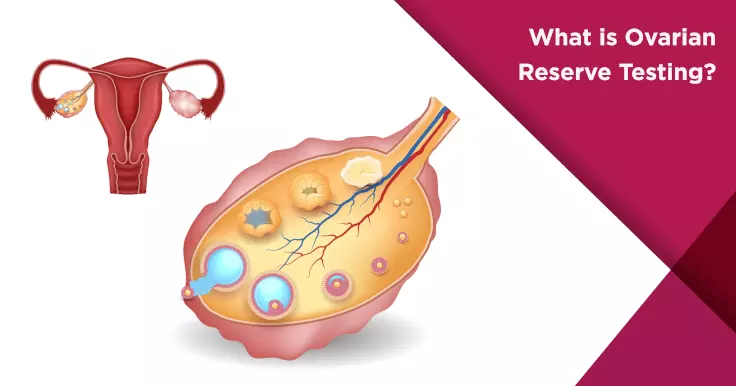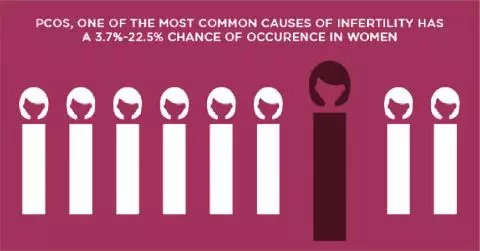Understanding Ovarian Reserve Testing

One of the most common causes of infertility is the inability to produce a good quality egg as the woman grows older. All women are born with a lifetime's supply of eggs, which are present in the ovaries. These eggs deteriorate in quality and quantity as the woman ages, increasing the chances of infertility. Eggs are continually lost during menstruation until the woman reaches menopause, at which stage the ovarian reserve becomes fully empty.
So, ovarian reserve basically refers to the number of eggs remaining in the ovary that can produce babies.
What is Ovarian Reserve Testing?
Ovarian reserve testing allows doctors to help women predict their fertility potential. These tests provide useful information about the amount of time left to conceive, and the number of eggs that have reached an advanced stage of development. Some simple blood tests, namely - AMH, E2, FSH - can be used to check the hormone levels and evaluate the quality and quantity of eggs.
Ovarian Reserve Tests
Here is a list of ovarian reserve tests that doctors normally suggest:
AMH (Anti Mullerian Hormone)
The anti mullerian hormone is produced by the cells in the follicles (sacs that contain the eggs) in the woman's ovary. If the AMH levels are high, it is an indicator of a large number of follicles which means more eggs. As a woman ages, the number of eggs decreases and the AMH levels fall too. This blood test can be done any time and gives a realistic projection on the number of eggs.
FSH (Follicle Stimulating Hormone)
FSH, produced by the pituitary gland (in the brain), is responsible for maturing the eggs in the ovary. This blood test is drawn on the 2nd or 3rd day of the menstrual cycle. Contradictory to AMH levels, high levels of FSH means poor ovarian reserves, and low levels of FSH indicates a good ovarian reserve.
Estradiol
Estradiol is tested along with FSH. It is an important form of oestrogen which is responsible for developing healthy eggs in a womans ovaries. If the E2 test shows high levels of estradiol, it may indicate a problem with the egg quantity or quality.
AFC (Antral Follicle Count)
AFC is probably the best indicator of ovarian reserves since it measures the quantity and quality of eggs. Antral follicles are found in the ovaries and they contain immature eggs that have the potential to develop into mature eggs. A vaginal ultrasound is an accurate way to count the number of antral follicles. High AFC indicates a solid ovarian reserve, while low AFC indicates a weak fertility potential.
Ovarian reserve testing is not the ultimate and absolute infertility indicator, but a noticeable change in hormone levels does help doctors in creating a treatment plan.
 Infertility Counselling
Infertility Counselling Female Infertility Treatment
Female Infertility Treatment Andrology Treatment
Andrology Treatment Fertility Enhancing Surgeries - Female
Fertility Enhancing Surgeries - Female Fertility Enhancing Surgeries - Male
Fertility Enhancing Surgeries - Male Endoscopy Treatment
Endoscopy Treatment IUI Treatment
IUI Treatment IVF Treatment
IVF Treatment ICSI Treatment
ICSI Treatment Advanced IVF Solutions
Advanced IVF Solutions Embryology
Embryology Vitrification Egg, Embryo, Sperm Freezing
Vitrification Egg, Embryo, Sperm Freezing Preimplantation Genetic Testing (PGT)
Preimplantation Genetic Testing (PGT) Donation Program Embryo / Egg / Sperm
Donation Program Embryo / Egg / Sperm Self-cycleTM IVF
Self-cycleTM IVF

 Self-cycleTM IVF
Self-cycleTM IVF










